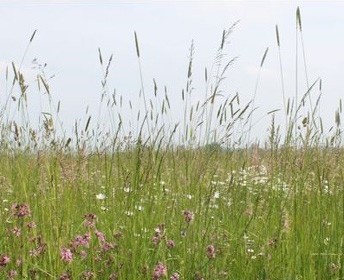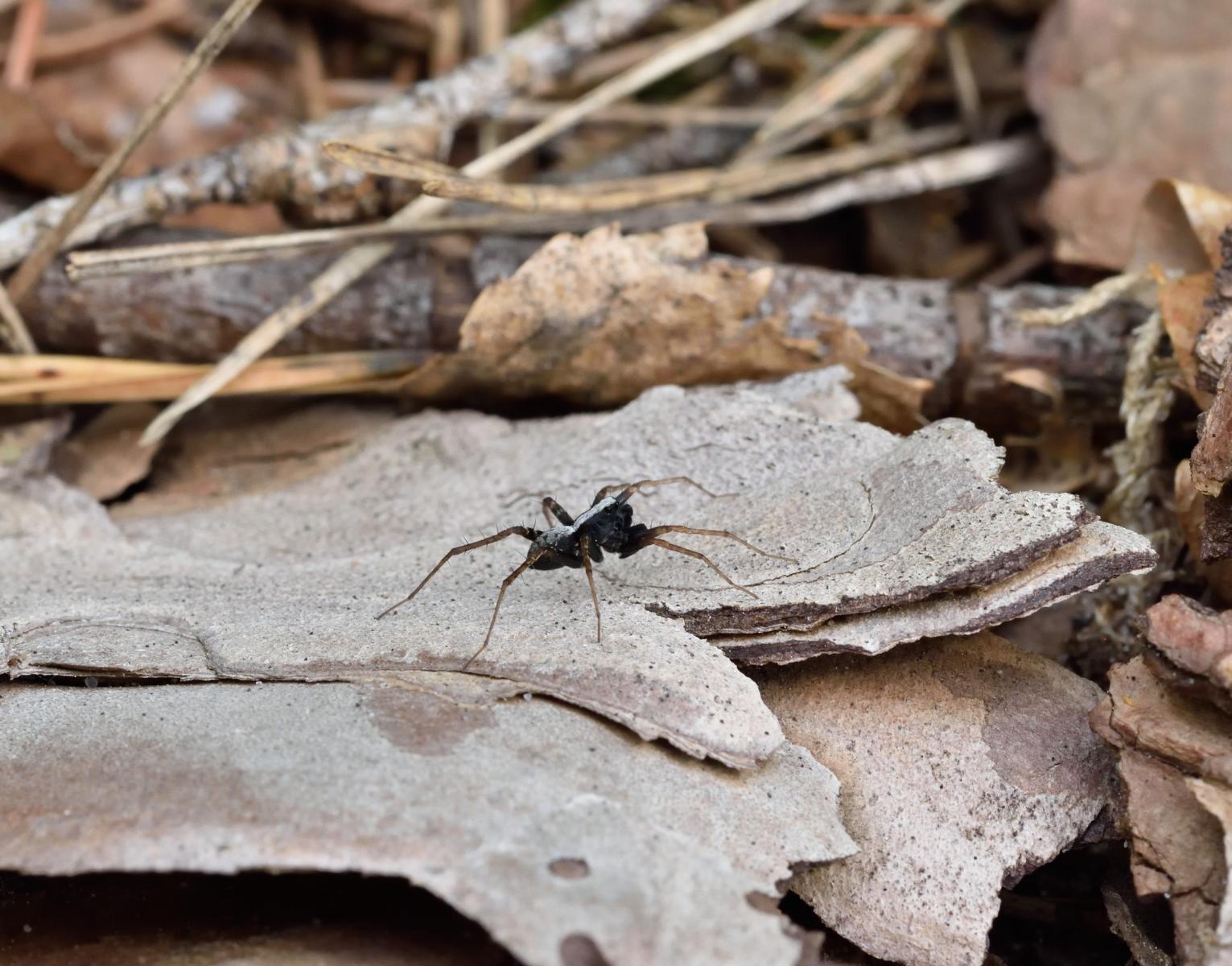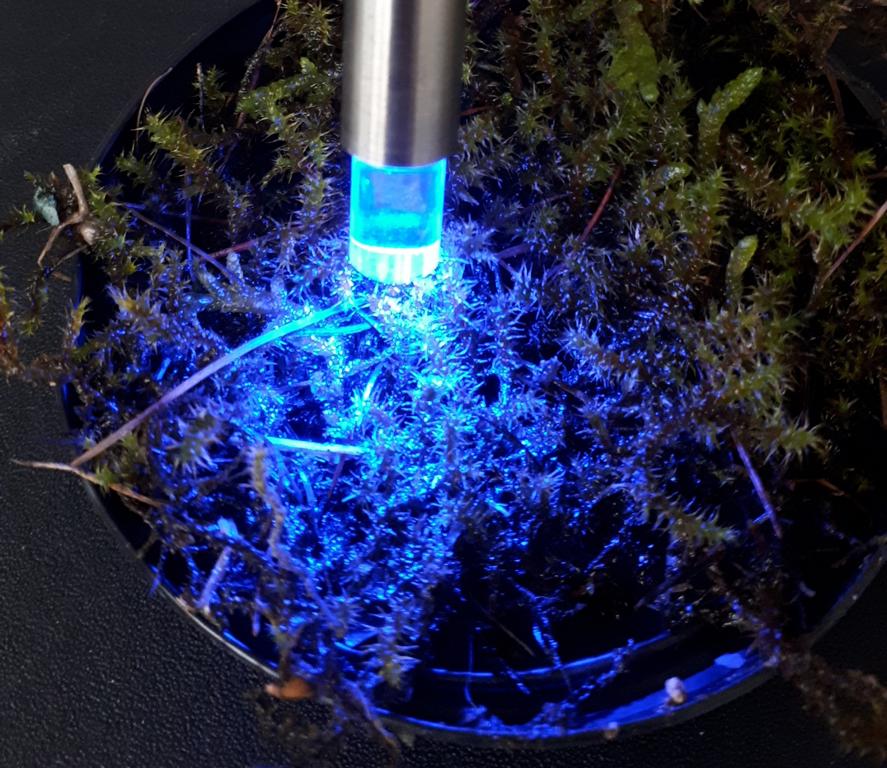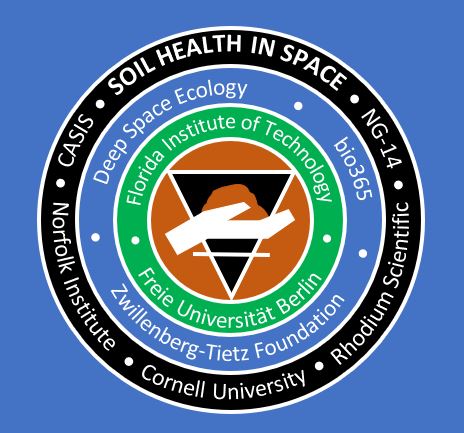Linde-Wildflower-Experiment
The massive decline of insect diversity and biomass can be attributed to various, intertwined factors: Habitat loss, chemical pollution, climate change and invasive species. To counteract this decline particular found in agricultural landscapes, the establishment of ...





